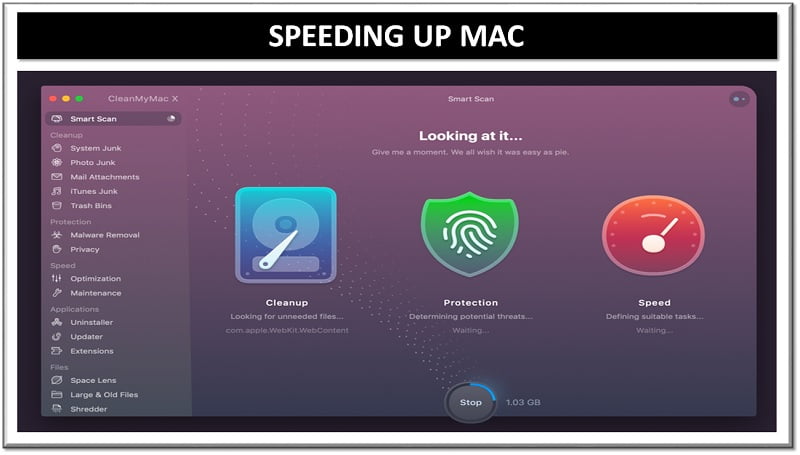Table of Contents
Agility has become a cornerstone for success in today’s fast-paced business environment. Companies must be able to rapidly adapt to market changes, new technologies, and evolving customer demands. Cloud computing has significantly contributed to this agility, providing scalable infrastructure and services that can be customized based on a company’s needs. However, without focusing on cloud computing cost management, businesses can quickly overspend and under-optimize their resources. This is where cloud cost optimization is pivotal in enhancing business agility, ensuring that organizations remain flexible without compromising their budgets.

The Role of Cost Control in Cloud Computing
Cloud cost optimization is one of the most critical elements in addressing operational costs, especially in organizations that heavily depend on cloud solutions. It entails monitoring and controlling the costs of cloud resources to optimize their utilization without affecting the quality of services delivered. This process also aids in cost-cutting and assists organizations in focusing on other aspects of the business, such as research and development, new products, and customer satisfaction.
In many organizations, moving to cloud infrastructure offers substantial cost savings compared to managing data center infrastructure. However, cloud costs can quickly increase if not well monitored and controlled. Some cost drivers include underutilized resources, idle services, and poor insight into cloud solutions. If these mistakes are not avoided, a business will be charged for using resources it does not need through a cloud cost optimization strategy.
It is not just about reducing the cost of the cloud but also about how it can be used to enhance business flexibility. With knowledge of the usage and expenditures involved in cloud services, businesses can make the right decisions in the shortest time possible. They can also adjust the amount of resources to meet demand without going through lengthy processes due to financial constraints. Such a high level of responsiveness is essential in industries whose market environments are likely to shift occasionally.
How Cloud Cost Optimization Improves Business Flexibility
Cloud cost optimization helps improve business adaptability through resource flexibility. Organizations that have effectively addressed the issue of cloud expenses can afford to exercise flexible resource provisioning without having to deal with high costs. This flexibility is crucial to organizations that require rapid adaptation to market forces or changes in the business environment.
- For example, during periods of high demand, such as holiday seasons for retailers or peak usage times for service-based businesses, an optimized cloud strategy allows companies to scale their infrastructure to handle the increased load efficiently. Once the demand subsides, they can reduce their usage to save costs. This ability to scale resources on-demand enables businesses to stay agile and meet customer needs without compromising profitability.
- Notably, cloud cost optimization also assists organizations in avoiding common issues such as overprovisioning, where resources are provided in excess. Overprovisioning results in unnecessary expenditure on services that need to be fully utilized or required. In this way, organizations can optimize their cloud resources and only consume what is necessary at any given time, making it much more cost-effective. This approach also helps cut costs and creates a viable framework for business flexibility by eliminating the costs of cloud overhead.
- It also enhances organizational flexibility because optimizing cloud cost management helps strengthen decision-making processes. When organizations have improved visibility of the costs incurred on cloud services, they can make better decisions. For example, they can test new services or technologies offered to consumers without worrying about additional expenses. This freedom to innovate is fast and effective, ensuring that businesses can outcompete other businesses and adopt new trends.
- In addition, cloud cost optimization helps organizations continue operations during lean periods since it can be done remotely. Regardless of the situation, a recession, a disrupted supply chain, or shifts in customer preferences, an agile business can adapt its processes to address the challenges. Thus, with the help of a highly flexible and inexpensive cloud environment, an organization can adapt to external conditions and continue to achieve its goals.
Best Practices for Cloud Cost Optimization
For businesses to fully reap the benefits of cloud cost optimization, they must ensure that they adopt the right strategies for managing cloud resources.
- This includes performing periodic reviews of cloud services, implementing tools that can track cloud costs, and evaluating unused cloud resources.
- Automation for such operations as shutting down unneeded instances and optimizing services may also be effective in managing cloud usage.
- Cost management should become a part of organizational culture, and all departments should be aware of the costs involved in cloud management and usage by teams responsible for these functions.
- Additional cloud cost optimization can be achieved by getting involved in vendor talks and considering options like reserved instances or pay-as-you-go plans.
Conclusion
Managing the costs of cloud services is crucial for companies aiming to improve their flexibility in the current dynamic environment. This way, organizations can avoid wasteful spending on the cloud, maximize the available resources, and adapt to the changing business environment. It not only enhances the efficiency of organizational operations but also prepares companies for future changes, development, and sustainability. Cloud cost optimization is no longer a ‘nice-to-have’ but a ‘must-have’ for any organization that aims to survive and be profitable in an ever-competitive business environment steered by cloud computing.
ABOUT THE AUTHOR
IPwithease is aimed at sharing knowledge across varied domains like Network, Security, Virtualization, Software, Wireless, etc.



